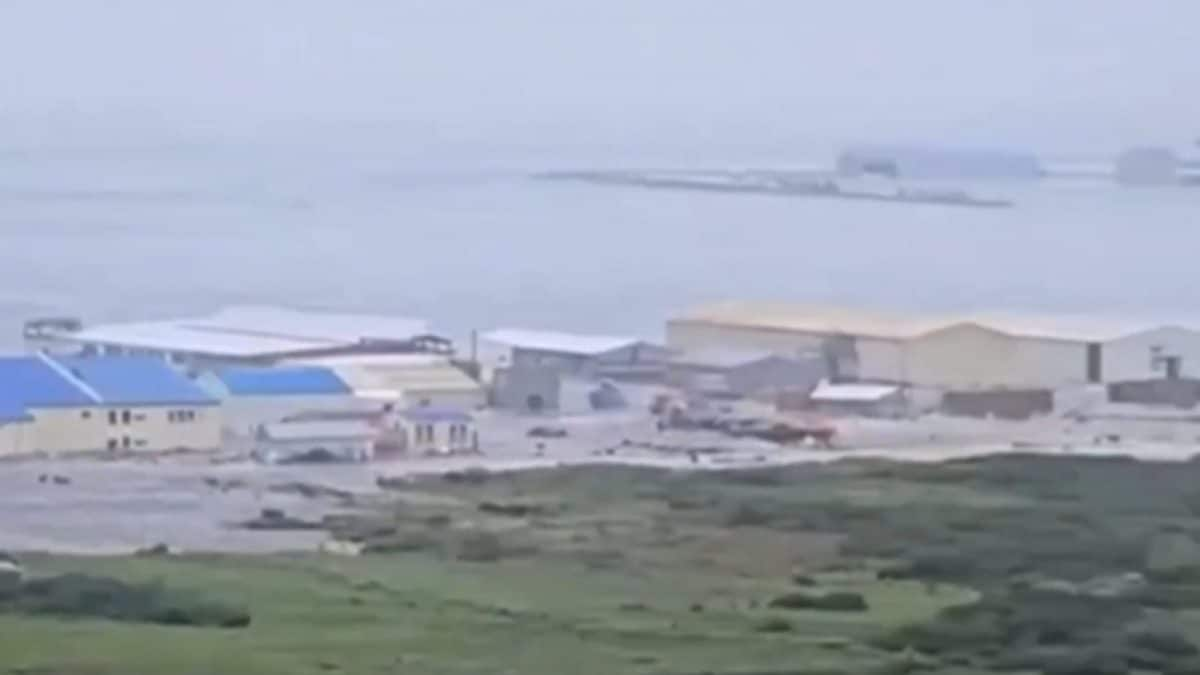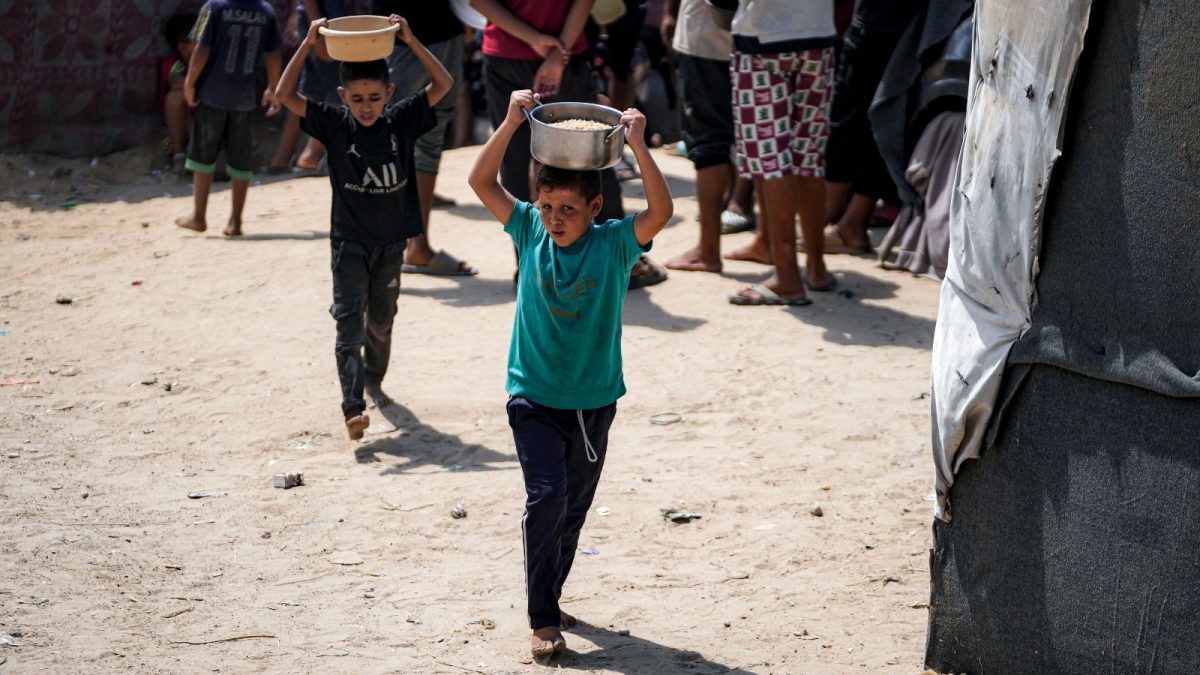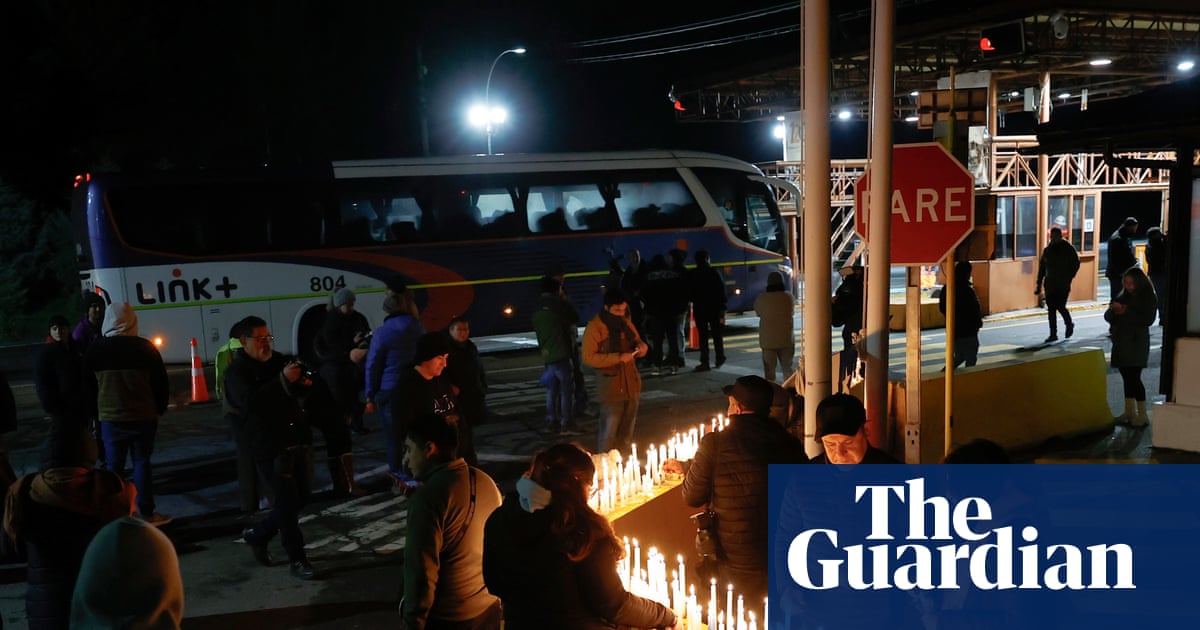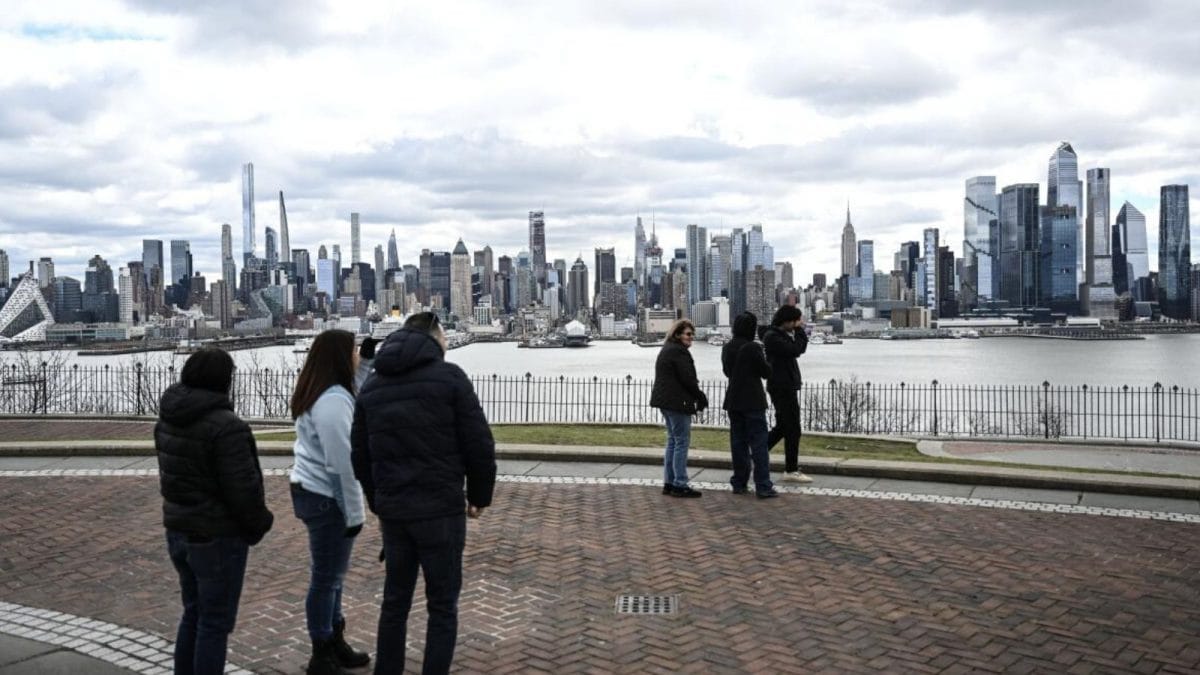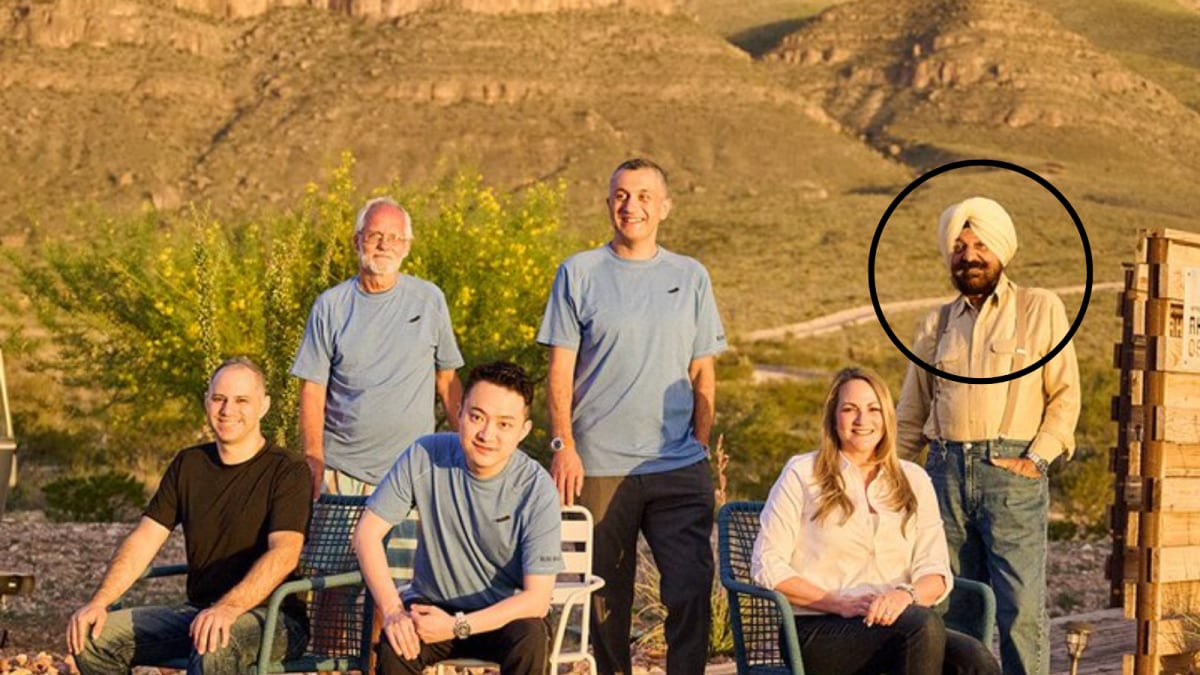Last Updated:June 14, 2025, 16:33 IST
As of Saturday, the Iran-Israel fighting remains intense, prompting widespread international alarm

Israeli authorities confirmed at least three civilian deaths. (Representational image/AP)
A direct military conflict between Iran and Israel escalated dramatically this week, with both nations exchanging missiles and drones, causing significant casualties and damage.
As of Saturday, June 14, the fighting remained intense, prompting widespread international alarm. Israel’s defence minister, Israel Katz, warned that “Tehran will burn" if Iran continues its missile attacks. Iran’s Supreme Leader, Ayatollah Ali Khamenei, vowed continued punishment for Israel and warned that any country assisting Israel, such as the US and UK, would see their regional bases and ships targeted.
Iran’s losses
Iran’s ambassador to the United Nations reported 78 fatalities from Israeli attacks. Iranian state media confirmed the deaths of several high-ranking military and nuclear figures, including General Hossein Salami, Commander-in-Chief of the Islamic Revolutionary Guard Corps (IRGC); Major General Mohammad Bagheri, Chief of Staff of the Iranian Armed Forces; two additional deputy commanders; and nine senior Iranian nuclear scientists. Two people were killed and five wounded in an Israeli attack on Iran’s western province of Hamdan. Further, Israel’s air strikes against Iran on Friday claimed lives of 60 people, including 20 children. Iran reported over 320 people wounded in the Israeli attacks, with the “overwhelming majority" being civilians.
Satellite imagery revealed extensive damage to the electrical power supply infrastructure at the Natanz enrichment plant. The IAEA confirmed internal radiological and chemical contamination at Natanz, but stated external radiation levels remained normal. Air defence systems at the Fordow nuclear site suffered “limited damage". Major missile bases, air defence systems, and military installations across Iran were hit. Residential areas in Tehran suburbs, including Robat Karim, Baharestan, Malard, Shahr-e Rey, and the Shahid Chamran Nobonyad Complex (linked to Iran’s Ministry of Defence), were also struck. Extensive damage was reported in multiple Iranian cities, including Tehran, Isfahan, and Tabriz. Iran’s semi-official Tasnim news agency reported a fire at Tehran’s Mehrabad Airport.
Israel’s losses
Israeli authorities confirmed at least three civilian deaths. Two people were killed and 19 injured when an Iranian missile hit residential buildings in Rishon Lezion, near Tel Aviv. Two further civilian deaths and around 19 injuries were reported in central Israel, including areas near Ramat Gan and Tel Aviv. Three Palestinian children in the West Bank were reportedly injured by a missile likely fired by Iran’s Houthi allies from Yemen.
Israel’s paramedic service, Magen David Adom (MDA), reported dozens of injuries. Initial waves of Iranian missiles wounded at least 34 people, with a second wave injuring seven more. In total, over 90 injuries were reported.
Several homes in central Israel, particularly in Rishon Lezion and the Ramat Gan area of Tel Aviv, sustained heavy damage. Significant damage was reported at the Kirya compound in Tel Aviv, which houses Israel’s military headquarters and Ministry of Defence.
Operation Rising Lion
The current phase of confrontation began early on Friday, 13 June, when Israel launched “Operation Rising Lion", a large-scale air offensive targeting Iranian nuclear and military facilities. Israeli officials stated the operation aimed to degrade, destroy, and remove the threat of Iran’s nuclear weaponisation. Described as Israel’s “biggest-ever air offensive" against Iran, over 200 Israeli fighter jets participated in the initial strikes, hitting hundreds of targets deep inside Iran. The above-ground sections of the Natanz enrichment plant were hit, causing extensive damage to its electrical power supply infrastructure. Iran confirmed “limited damage" to the air defence systems at its Fordow nuclear site. The IAEA confirmed internal radiological and chemical contamination at Natanz, but stated that external radiation levels remained normal.
Strikes also targeted major missile bases, air defence systems, and military installations across Iran. Reports indicate Israel also struck dozens of missile launchers within Iran and targeted senior Iranian military and nuclear leadership. Iranian state media confirmed the deaths of top military commanders, including General Hossein Salami and Major General Mohammad Bagheri. Two additional high-ranking generals and nine senior nuclear scientists were also confirmed killed.
Israel utilised advanced fighter jets (likely F-15s, F-16s, and F-35s) for airstrikes, delivering precision-guided munitions. There were also reports of Mossad operatives using covert drones and smuggled precision weapons within Iran to hit specific targets and neutralise air defences.
Iran’s response
Iran responded with waves of long-range missiles and drones, continuing into Saturday, 14 June. While Iran claimed to have launched hundreds of ballistic missiles, Israel stated the number was fewer than 100 ballistic missiles and over 100 drones, many of which were intercepted. Air defence sirens sounded across Israel as explosions rocked neighbourhoods.
Iranian missiles targeted Tel Aviv and other central and northern areas of Israel, including the highly sensitive Kirya compound in Tel Aviv. Israel’s multi-layered air defence system (Iron Dome, David’s Sling, Arrow 2 and 3), aided by the US, UK, and France, intercepted most projectiles. However, some penetrated Israeli defences. Israeli authorities confirmed at least three civilian deaths and dozens of injuries. Homes in central Israel were severely damaged. Two additional civilian deaths and around 19 injuries were reported on Saturday in central Israel. Three Palestinian children in the West Bank were injured by a missile likely fired by Iran’s Houthi allies from Yemen.
Iran used its arsenal of ballistic missiles (e.g., Emad, Ghadr, Khaibar-shekan) and various drones (e.g., Shahed series). Iranian state media also reported shooting down Israeli drones near Salmas.
The conflict caused major disruptions to commercial aviation, with airspace closures impacting flight routes. World leaders, including Pope Leo, called for immediate de-escalation and restraint from both sides, fearing a wider, destabilising regional war. The directness and lethality of this week’s exchanges mark a perilous new escalation in a long-standing rivalry.
The News Desk is a team of passionate editors and writers who break and analyse the most important events unfolding in India and abroad. From live updates to exclusive reports to in-depth explainers, the Desk d...Read More
The News Desk is a team of passionate editors and writers who break and analyse the most important events unfolding in India and abroad. From live updates to exclusive reports to in-depth explainers, the Desk d...
Read More
News world Tehran Will Burn, Warns Israel, Even As Iran Threatens US, UK Bases: Where Conflict Stands

 1 month ago
1 month ago
